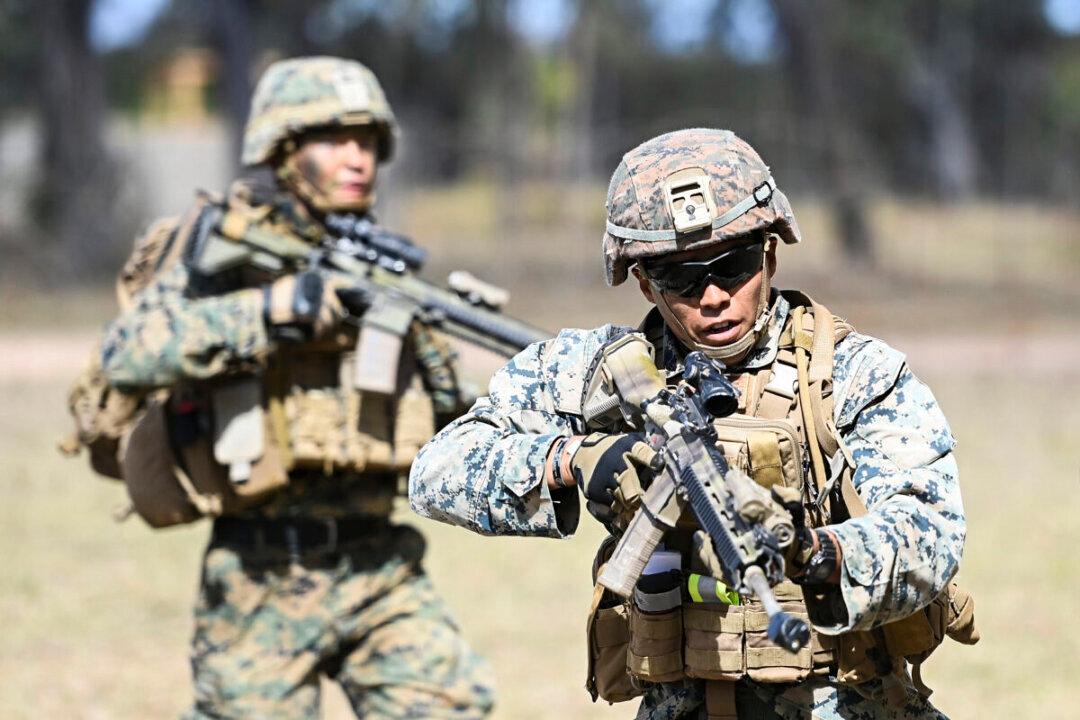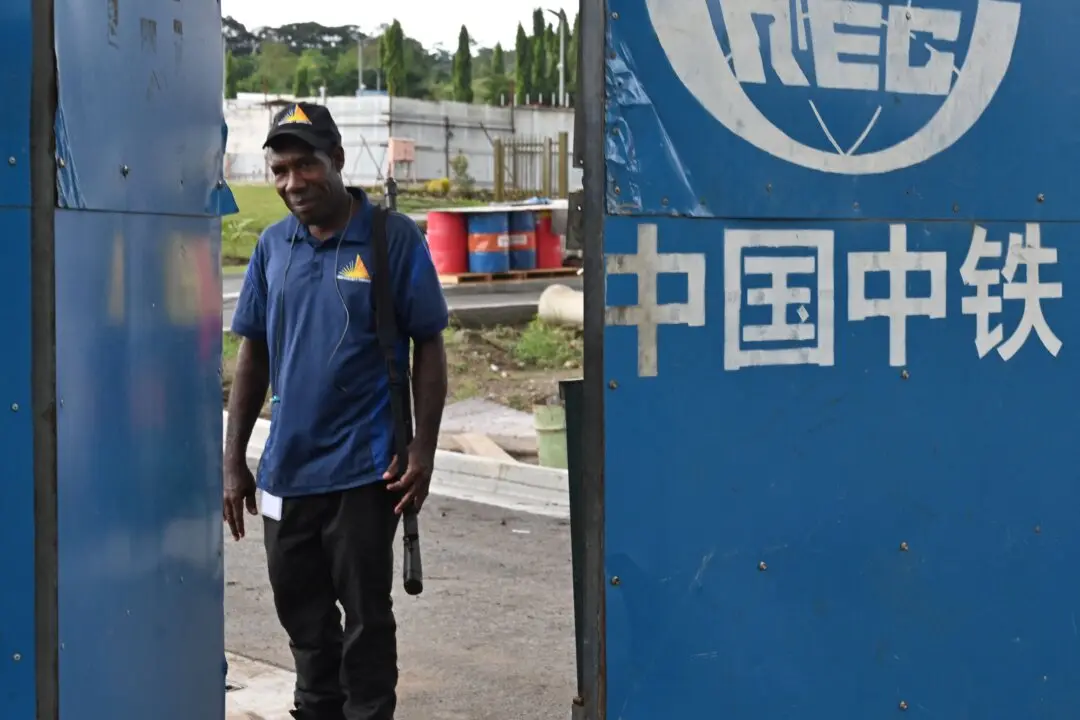Three fully militarised Beijing-backed bases in the South China Sea pose a threat to Australia’s vast northern region, according to Adm. John Aquilino, commander of the U.S. Indo-Pacific Command.
The leader of the United States’ largest command—which includes 380,000 army, marine, air force, and navy personnel spread across 14 time zones—visited Darwin, Australia on March 23, after flying over the South China Sea.





